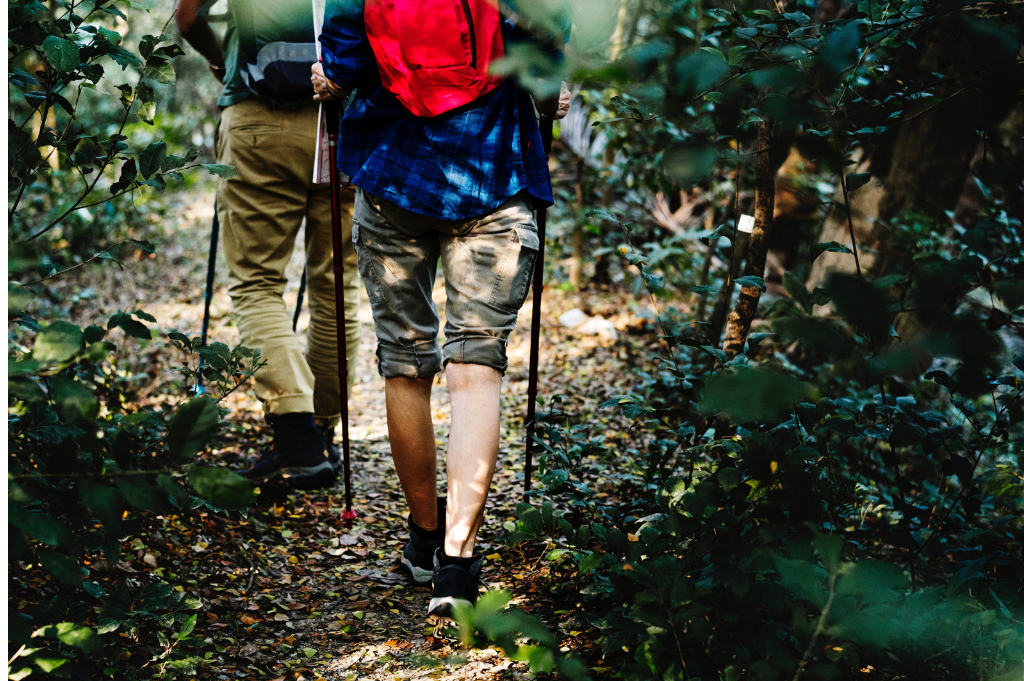For any athlete recovering from a lower body injury, finding different ways to stay active can be easier said than done. It might take a few weeks or months before your injury is fully healed, which can mean that shifting weight or pressure upon a rehabbing ankle or leg will only prolong the time necessary for recovery. Of course, staying inactive can be next to impossible for ambitious athletes who are nursing an injury. Luckily, there are plenty of quality low-impact exercises that are known to provide a substantial workout without putting too much strain upon a recovering part of the body. If you’ve been given the go-ahead by your doctor to resume mild physical activity, here are seven of the most effective low-impact exercises to engage in during times of athletic recovery:
Walking
While the idea of going for a long walk doesn’t sound as effective as sprinting along the race track, the fact remains that this method of transportation we take for granted is an ideal low-impact exercise for recovering athletes. This doesn’t necessarily mean that leisurely strolling around the neighborhood for a few minutes will provide a sufficient workout. The New York Times recommends walkers should be striding at a brisk pace of at least more than 2 miles per hour. Livestrong reports that one hour of walking at a pace of 3.5 miles an hour will help a 160 pound person lose 276 calories. The best part of walking is that there are practically infinite ways to perform this mild-yet-efficient low-impact exercise.
Elliptical machines
One of the best ways to get in a solid aerobic workout without putting too much strain on your lower body is by running on an elliptical machine. The Mayo Clinic recommends using an elliptical machine over a treadmill for people who are looking to avoid pressure on their lower body, as these machines are designed to put less stress upon your knees, hips and back during use. Elliptical machines also have poles to use so you can simultaneously work out your upper body, and can be peddled in reverse to emphasize a workout on your hamstrings.
Rowing machines
Want a demanding workout that won’t require you to even stand up? Rowing machines are a great source of cardiovascular activity that won’t require any pressure or movement upon your lower body. As you continue to pull back and forth, you’ll be engaging dozens of muscles in your body, getting your heart pumping faster while also increasing your muscle endurance. Best of all, you can set up these machines in the comfort of your own home, so you can get the recovery workout you need while watching television in the living room!
Lunges
It can be hard to continue trying to increase your lower body strength while nursing an ankle or foot injury. For a workout that’s extremely low-impact but also provides several health benefits, look no further than performing a few sets of lunges. Slowly lunging across the room is a great technique for establishing better balance and flexibility within your hips and leg muscles, and proper positioning also will help boost the endurance of your core muscles.
Stair climbing
Similar to the elliptical machines, using stair climbing equipment at a gym is another low-impact exercise that unleashes plenty of health benefits for your lower body. While less pressure is placed upon your ankles and legs, each step also works to build lower body strength and muscle tone as you continue to carry additional weight in an uphill movement. Stair climbing can keep your heart rate elevated at a high level, allowing for maximum cardiovascular performance while helping to keep your muscles flexible even as you recover from a mild injury.
Swimming
Of course, exercise simply doesn’t get any lower-impact than freely floating in the water. Swimming is a renowned activity for increasing flexibility and endurance, utilizing areas of your body that you simply cannot work out on land. According to researchers from Bucknell University, physical benefits from swimming can range from improving muscular balance and rehabilitating injured muscles to vastly improving flexibility and strength in the lower body. It’s also an activity with a wide variety of exercises to explore, whether you’re simply swimming strokes across the pool or engaging in water-based pilates or yoga workouts.
Golf
If you’re looking for a low-impact activity that combines leisure recreation with workout benefits, look no further than golf. According to the American Society of Golf Course Architects, golfers who walk and carry their own bags will burn approximately 721 calories while playing on a nine-hole course. In addition to burning calories, you’ll be staying active without having to put too much pressure upon your lower body. As if you needed a good excuse to book a tee time!

